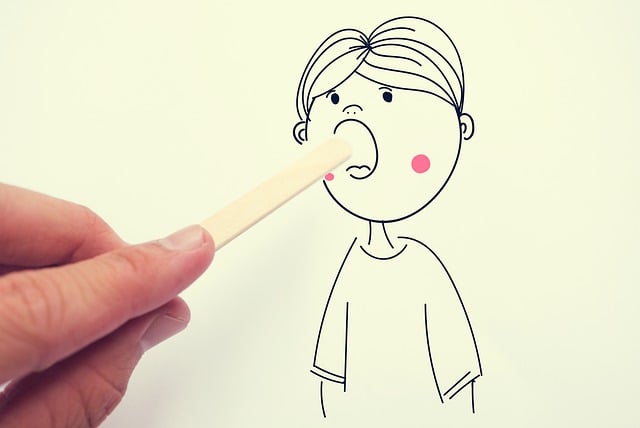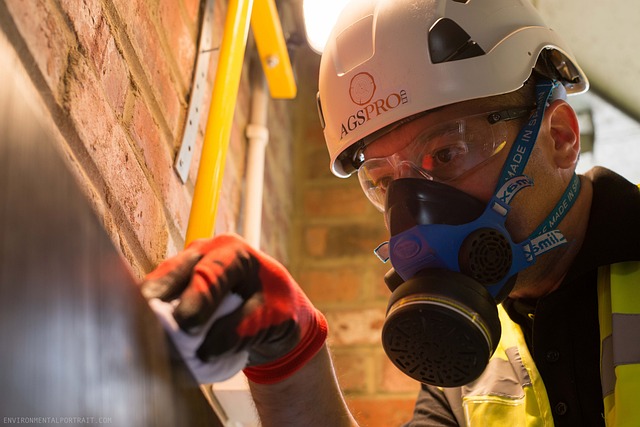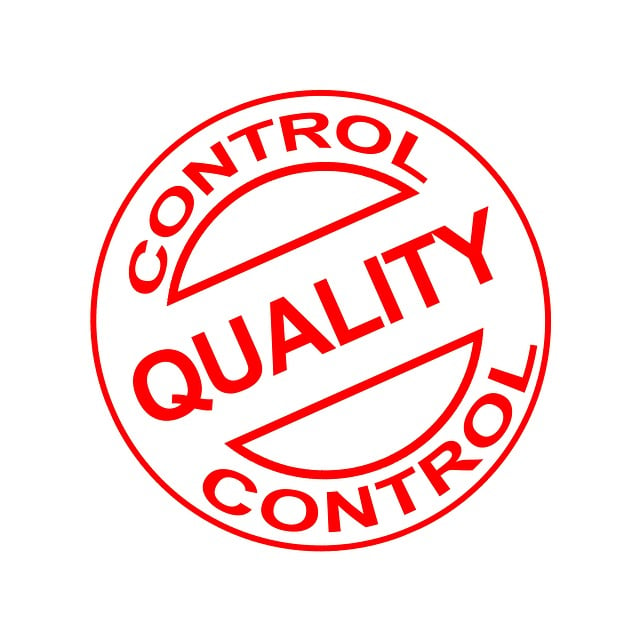Termites cause silent but significant structural damage to homes over time. Regular termite inspections (termite inspection) are crucial for early detection, preventing costly repairs, and safeguarding property value. Professionals assess exterior and structural damage, use advanced tools, and provide insights for prevention. Homeowners can aid by watching for signs like wood damage or insect swarms and taking simple preventive measures alongside regular inspections. Proactive maintenance after inspections reduces infestation risk through targeted checks, treatment, sealing, proper drainage, and yard care.
“Discover the power of affordable termite inspections – your key to safeguarding your investment. This comprehensive guide explores the ins and outs of identifying these subtle yet destructive pests. From understanding their damage potential to learning about cost-effective prevention, you’ll gain valuable insights. We demystify the inspection process, offering a step-by-step look at what to expect. Additionally, we highlight common signs of infestation and post-inspection maintenance tips. Stay informed and take charge with these essential termite inspection strategies.”
Understanding Termite Damage and Its Impact

Termites are silent destroyers that can cause significant structural damage to homes and buildings over time. Understanding termite damage is crucial for homeowners, especially when considering a termite inspection. These insects feed on cellulose materials, which includes wood, making structures like houses vulnerable to their relentless appetite.
A termite infestation can lead to weakened walls, damaged floors, and even compromised foundations. Early detection through regular termite inspections is key to mitigating potential expenses. Affordable termite inspection services offer peace of mind by providing assessments that identify active infestations or potential entry points, allowing for prompt treatment and repair, thus saving homeowners from costly repairs in the future.
The Importance of Regular Termite Inspections

Regular termite inspections are a crucial aspect of home maintenance, often overlooked but immensely valuable. These thorough assessments play a vital role in protecting your investment by identifying potential termite infestations early on. Termites are silent invaders, capable of causing significant structural damage over time, often unnoticed until it’s too late. A simple annual inspection can reveal signs of their presence, such as mud tubes or wood damage, allowing for prompt action to prevent extensive and costly repairs.
By scheduling regular termite inspections, homeowners can ensure the longevity and integrity of their properties. It is a proactive measure that offers peace of mind, knowing your home is protected against these relentless pests. These inspections are particularly essential in areas known for termite activity, as they enable early detection and treatment, preventing the need for extensive pest control measures or even the cost of rebuilding damaged structures.
What to Expect During an Affordable Termite Inspection

During an affordable termite inspection, professionals will thoroughly assess your property for any signs of termite activity. They’ll start by examining the exterior and structure of your home, looking for visible damage or weak points that termites might exploit. This includes checking for mud tubes, which are telltale signs of active infestations. The inspector will then use advanced tools to detect hidden damage and identify areas where termites have been or may be present.
They’ll also take samples from suspected areas using non-invasive methods to send for lab analysis, ensuring accurate detection without causing any harm to your property. Throughout the process, the inspector will communicate findings clearly, answering any questions you might have about termite behavior, potential risks, and effective prevention strategies. This comprehensive approach ensures that you gain valuable insights into your home’s health and take appropriate measures to safeguard it from termites.
Common Signs Indicating a Termite Infestation

Many homeowners often wonder, “how do I know if I have termites?” Well, recognizing the signs early is crucial for a successful termite inspection. These insects leave behind subtle yet significant indicators of their presence. One of the most obvious signs is visible damage to wood structures, such as walls, floors, or furniture. Termites feed on cellulose-rich materials, so chewed or damaged wooden components are a red flag. You might also notice bubbling or blistered paint, which indicates tunnels created by termites beneath the surface.
Other common signs include swarms of small insects around windowsills or doors, especially during spring and summer months; small piles of discarded wings near entry points; and an unusual musty odour. Regular termite inspections are essential for identifying these signs early on. If you suspect an infestation, contacting a professional for a thorough inspection is the best course of action to protect your home from these persistent pests.
Cost-Effective Prevention Measures

Termite damage can be costly, but preventing it doesn’t have to break the bank. Regular termite inspections are a crucial first step, offering early detection and peace of mind. Many professional services provide affordable packages tailored for various budgets, ensuring everyone can access this essential protection.
Beyond inspection, there are simple, cost-effective measures homeowners can take. Maintaining a barrier between your home and the soil, using termite-resistant building materials, and regularly cleaning outdoor areas reduces risk. These preventive actions, combined with periodic inspections, can significantly decrease the likelihood of invasive termite infestations, promoting long-term savings on potential repairs.
Post-Inspection: Maintenance and Monitoring Tips

After a thorough termite inspection, it’s crucial to maintain and monitor your home effectively to prevent any potential infestations. Regular checks are essential, especially in high-risk areas. Keep an eye out for signs like mud tubes, wood damage, or unusual smells, as these could indicate an ongoing issue.
A proactive approach includes treating and sealing entry points discovered during the inspection. Ensure proper drainage around your property to minimize moisture levels, which attract termites. Regularly inspect wooden structures and repair any damage promptly. Maintaining a healthy, well-maintained yard is also beneficial, as it reduces potential habitats for termites and other pests.
